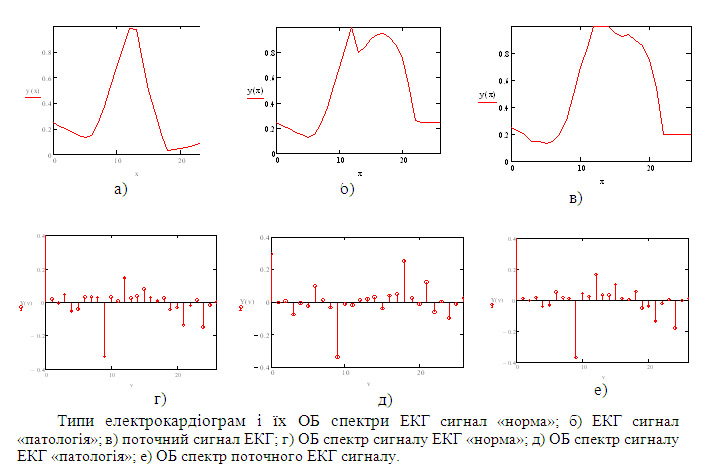Theoretical principles of processing of discrete functions with a modular argument and their use for monitoring of human biotelemetric data under emergency situations
The research is aimed to creating of new methods for digital data processing in real time, transmission of the signals under the noise conditions, application of ontological decision-making systems for reducing the time of determining the critical human state and applying an emergency care.
Theoretical base for processing of discrete functions with the modular argument that is necessary for deteсtion of the physiological human state in monitoring systemwas created. There were elaborated new discrete spectral and wavelet transforms of the functions with modular argument that are more fast-acting compared with existing ones. Discrete transform at oriented basis was improved by construction of a new transform in rotating coordinate systems, which enables increasing of noise immunity during the transmission and increasing the number of subscribers in CDMA system.
The interrelation between arithmetic and diadic, logical correlation functions and convolutions was established. New fast algorithms of correlation functions and convolutions derivation with assigned accuracy were developed.
There was suggested the method of receiving of noise-like signals with the help of matched filters on the basis of fast discrete spectral transforms. The technique ofencoding and spectrum spreading for data transmission was developed. The dynamic routing method was proposed, which allows improving the functioning of wireless sensor network by introducing an additional mechanism for tracking error rates on the routes. This method allows dynamically track the quality of routes and to set thepreferences to routes that are optimal. The dynamic routing protocol developed provides low power consumption, does not require significant computing resources and fast communication channels.
The principles of functioning of the context-dependent system of decision-making about the human state on the basis of the matrix of states assigned at the ontological model by medical experts and the calculated probabilities were developed.

| Attachment | Size |
|---|---|
| 224.77 KB |




